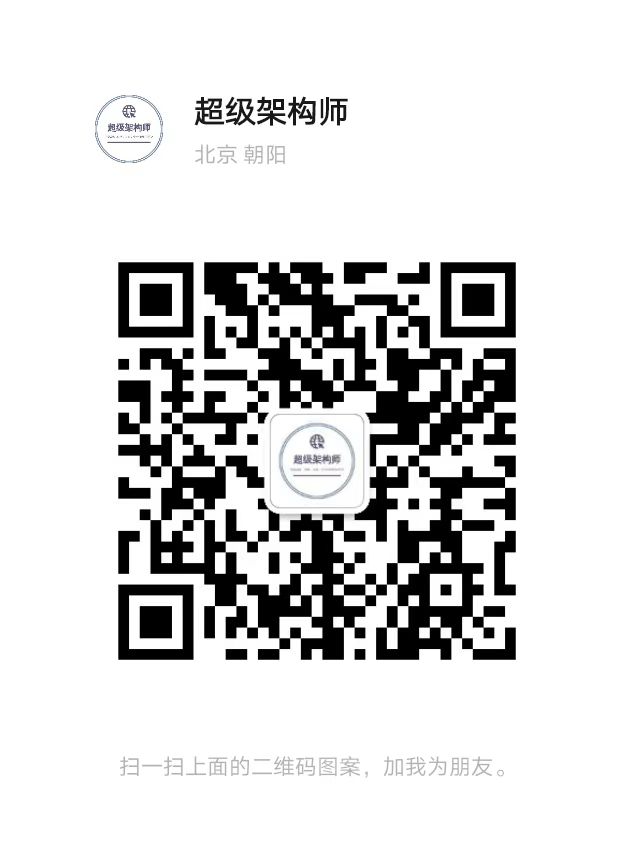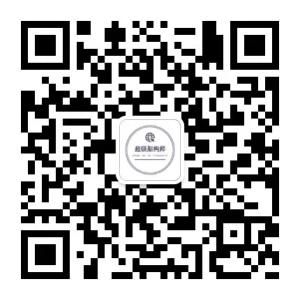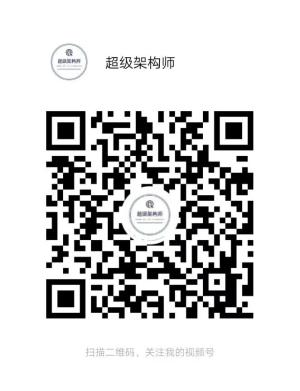此映射将EDGY企业元素链接到相应的ArchiMate®元素。更具体地说,EDGY元素可以表示为对应的ArchiMate元素的专门化。有关此机制的更多信息,请参阅官方文档中的概念专门化章节。
使用这个映射
这种映射的设计是基于EDGY,以及一般的企业设计,将被用来构建一个计划的战略背景。因此,这个提议的映射到ArchiMate®有目的地关注动机元素和策略层,而核心元素可以用于EDGY未直接覆盖的其他层。根据使用的上下文,可能有其他的映射。
通过ArchiMate®3.2的专门化机制,任何有能力的工具或环境都可以用来对具有EDGY元素的企业进行建模。这个映射在设计时考虑了两个主要用例:
- 使用ArchiMate®仅使用EDGY创建企业模型:利用基于存储库的建模工具,而不是纯粹的图形图编辑器或白板,ArchiMate®元素和关系提供了模型底层的无形骨干。每个EDGY元素或关系将对应于一个ArchiMate®元素或关系,但是每个地图(视图)的描述只遵循EDGY图的描述。
- 结合使用EDGY和ArchiMate®:在这种情况下,两种语言作为同一模型的一部分一起使用。EDGY用于创建代表身份和经验方面的地图。使用EDGY建模的高级架构可以使用更具体的ArchiMate®视点进行详细和指导,利用更丰富和严格的语言功能。
基本元素
EDGY的基本元素构建了一个跨所有方面的通用词汇表。它们在概念上对应于ArchiMate®中使用的类型(主动和被动结构,行为和动机)。但是与这些类别不同的是,它们被用来为企业元素之间的相互作用建模,而不是被facet和交集元素特别覆盖,因此它们映射到具体的ArchiMate®元素。
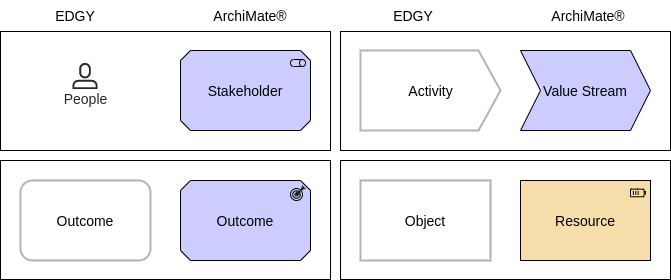
| EDGY Element | ArchiMate® Element | Observations |
|---|---|---|
| people | Stakeholder | EDGY is people-centric: people refers to any person or group, including legal entities.
In ArchiMate®, people correspond to stakeholders that represent their interest in the effect of the architecture. |
| outcome | Outcome | Both languages use an outcome element to model an end result. |
| activity | Value Stream | In EDGY activities are used to model anything going on.
The closest universal ArchiMate® concept is a value stream. |
| object | Resource | EDGY uses object as a universal base element for any structure or thing relevant to the enterprise.
The closest ArchiMate® equivalent is a resource owned or controlled by an individual or an organisation. |
方面和交集元素
在EDGY中,以下元素与相应的企业设计方面及其直接重叠领域内提出的问题和主题直接相关,与ArchiMate®中的层和类别相比,具有不同的范围。这种映射遵循使用EDGY战略性地构建计划的想法,与ArchiMate的战略、动机和一个业务元素保持一致。这种映射更倾向于这样的用例,而不是语言上更直接的映射,如EDGY过程到ArchiMate®过程,如果它在特定的使用环境中更好地匹配,这是一个合适的选择。
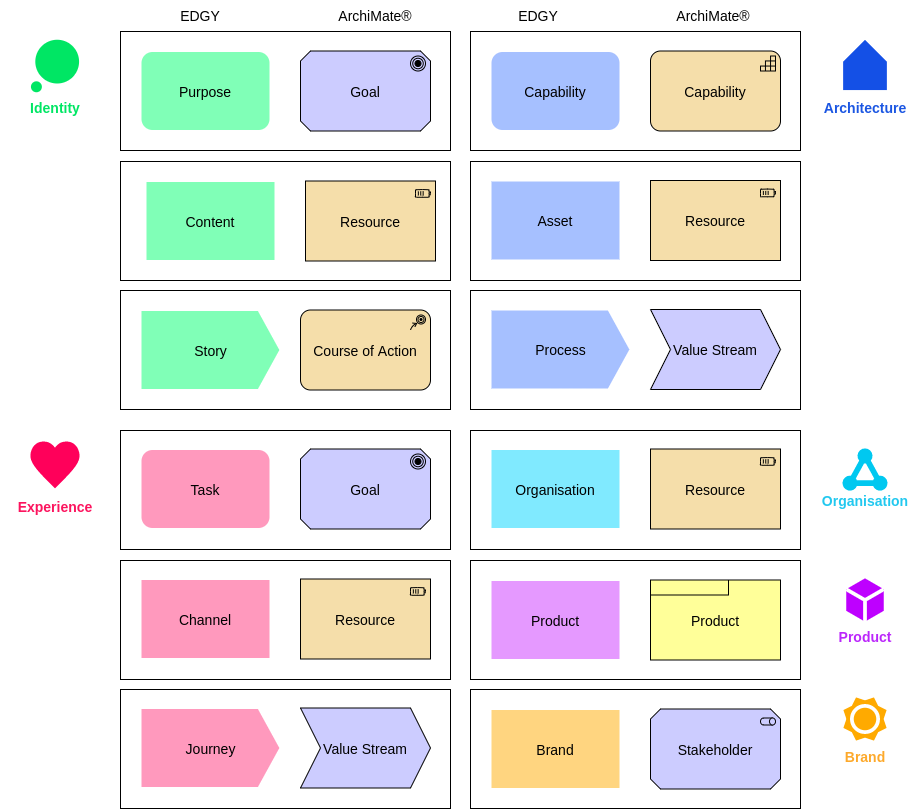
| EDGY Element | ArchiMate® Element | Observations |
|---|---|---|
| purpose | Goal | An enterprise purpose is a kind of goal the enterprise pursues, therefore it maps to the goal element in ArchiMate®. |
| story | Course of Action | In EDGY story contextualises and explains the enterprise ambitions, which corresponds to a type of course of action in ArchiMate®. |
| content | Resource | There is no direct equivalent to content in ArchiMate®, but it can be represented as a type of resource. |
| organisation | Resource | Organisation in EDGY refers to any group of people working together, which can be best represented as a kind of (human) resource in ArchiMate®. |
| capability | Capability | Both EDGY and ArchiMate® share similar element definitions and use for capability. |
| process | Value Stream | A process in EDGY is closer to the value stream element in ArchiMate® than to the business process element, used for more detailed process descriptions and scenarios. |
| asset | Resource | EDGY uses a single element for various types of assets that are further distinguished in ArchiMate®. The most universal equivalent is resource. |
| product | Product | Both languages feature a versatile element to designate products as the result of an enterprise's activity. This is the only Core element featured in this mapping because of a large conceptual overlap. |
| task | Goal | A personal motivation of a customer or other people as defined in EDGY corresponds to a type of goal someone seeks to complete in ArchiMate®. |
| journey | Value Stream | ArchiMate® doesn't have a journey element, so a journey according to EDGY's definition is best represented as a type of value stream connected to a specific stakeholder. |
| channel | Resource | in EDGY, channels are means of interaction or communication such as media or physical environments.
In ArchiMate® this is best represented as a type of resource used by the enterprise to interact with stakeholders. |
| brand | Stakeholder | EDGY defines brand as a name and what it stands for, which makes it a representation of a group of people, their reputation and actions.
In ArchiMate® this is best modelled as a kind of (named) stakeholder. |
关系
EDGY只有三种关系类型,可以映射到ArchiMate®中类似的通用关系,以便允许灵活的建模。

| EDGY Relationship | ArchiMate® Relation | Observations |
|---|---|---|
| Link | Association | EDGY's link relationship corresponds to a not further specificed association relation in ArchiMate®. Both languages support undirected relationships, and directed ones as in EDGY's Core Links. |
| Flow | Flow | Both languages have a notion of flow between two elements. |
| Tree | Aggregation | In EDGY any hierarchical representation of the same element is a tree relationship, which corresponds to an aggregation relationship in ArchiMate® as it doesn't further specify the nature of the hierarchy. |
使用和定制
EDGY图表符号可以通过简单地集成替代形状和颜色,在许多ArchiMate®功能工具中引入。这两种语言都鼓励自定义可视化,使地图/视图更易于访问和吸引人。
为了适应特定的使用环境,EDGY具有标签概念,以进一步区分元素并捕获额外的信息。使用ArchiMate®作为底层建模语言,这可以实现如下:
对于区分元素的不同类型的标签,可以定义此映射之外的进一步ArchiMate®专门化。
根据工具支持的不同,这也可以是存储库中与元素一起存储的属性,或者是简单的图形覆盖。这也适用于添加的指标。
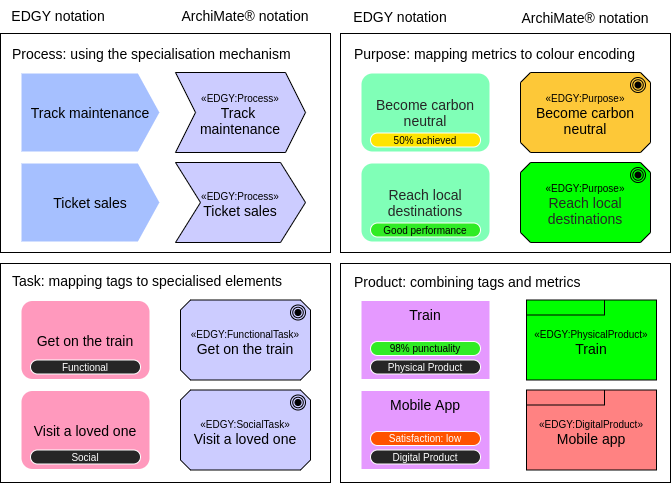
自定义映射示例
如果您考虑在您的工作或工具中使用从EDGY到ArchiMate™的映射,请加入我们的社区,与同行交流并参与其进一步发展。
